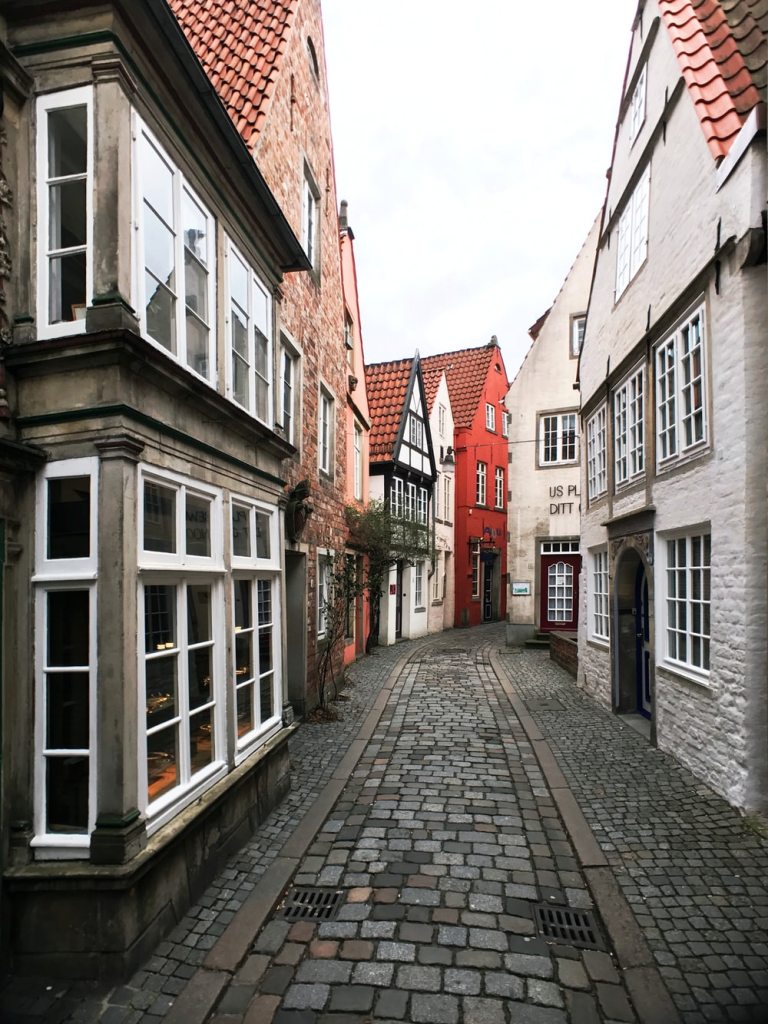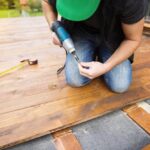Cobblestones can be an attractive addition to the overall aesthetics of your home. They can help beautify your garden edges and paths, walkways and driveways, and patios. They are available in a variety of colors, shapes and sizes and materials may comprise concrete, clay, or granite. Other types of cobblestone materials include slate, gneiss, and sandstone. For more details visit this page https://www.noblema-cobblestone.com/reclaimed-setts/.
Some commercial varieties include reclaimed setts as well as natural stone, street paving setts and cobbles.
Cobblestone Varieties Include:
- Troughs
- Stepping stones
- Edging stones
- Pillars
- Flagstones
- Bollards
- Swimming pool coping
- Setts
- Kerbstones
For landscaping, there are paving, hewn, or sawn cobbles to give your yard and garden a touch of class. However, if you’re thinking of creating your cobblestones, here is a step-by-step- guide to help you get the look you need.
Tools:
- A broom
- Polymer sand
- QuickC rete
- Cobblestone paver molds
- Powdered Colorant
- Concrete sealer (Optional)
Step 1-Choose your shape
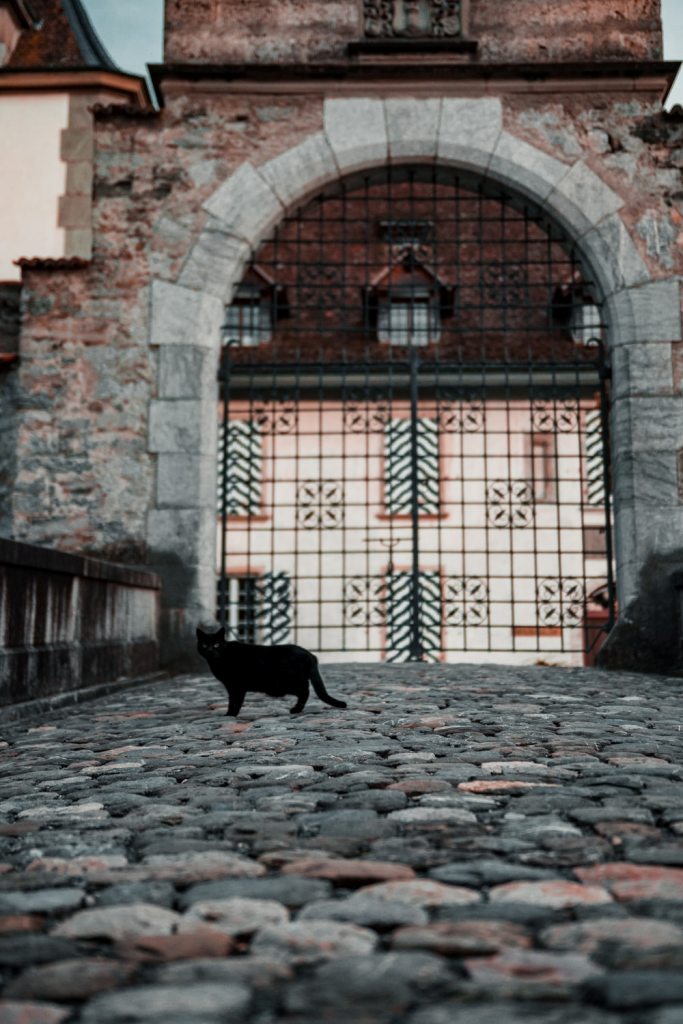
Select the style of mold you want to shape your cobblestone. Shapes may include rectangles, circles, or squares, among others. You can also mix and match molds of different shapes for your unique look or depending on the area you plan to cover.
Step 2-Mixi the concrete
Follow the instructions on a product package, and mix the concrete accordingly.
Step 3- Coloring
If you so desire, you can add a touch of color to your cobblestones. Add some color to the concrete mixture using the powdered colorant. Some colors can include brown, tan, grey, black, or red.
Step 4-Lubricating the molds
Wet concrete will stick to whatever it rests on in the drying process. Line the molds with some oil to help loosen the cobblestones and help them slip out quickly when the concrete sets up. The oil will also provide a barrier to stop the concrete from adhering to the sides of the molds.
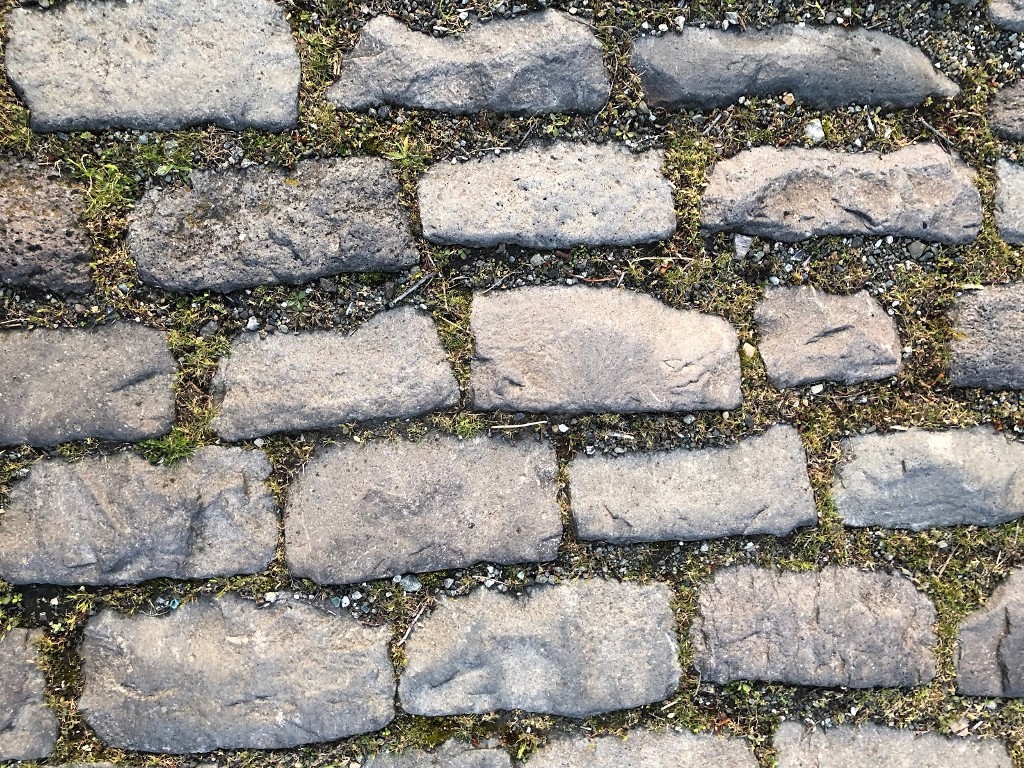
Step 5-Mixing phase
Pour the mixture into the prepared molds. Place enough mixture at least up to the halfway point in each section. Make a few taps around the mold while it is on the ground to help release any air bubbles in the concrete. Continue pouring the mixture to fill the molds, while tapping to remove any remaining bubbles.
Step 6 –Drying period
Leave the molds in the open air at least one day to dry out.
Step 7 – Sealing the cobblestones
At this stage, you may seal the dry cobblestones, or you may opt to leave them in the natural state. If you choose to seal them, here’s the process:
Before you begin, spread some old paper or cloths on the ground and lay the cobblestones out. Wear protective clothing and use other safety features to protect yourself from any odors or spills from the sealer.
- Brush on the amount of sealer over the full length of the cobblestones
- Ensure you cover in between any cracks or spaces in the concrete
- Allow at least one day for the sealer to dry
- You can apply up to about three coats of sealer
- Let each layer dry at least one day before applying additional layers
Step 8 – Laying the cobblestones
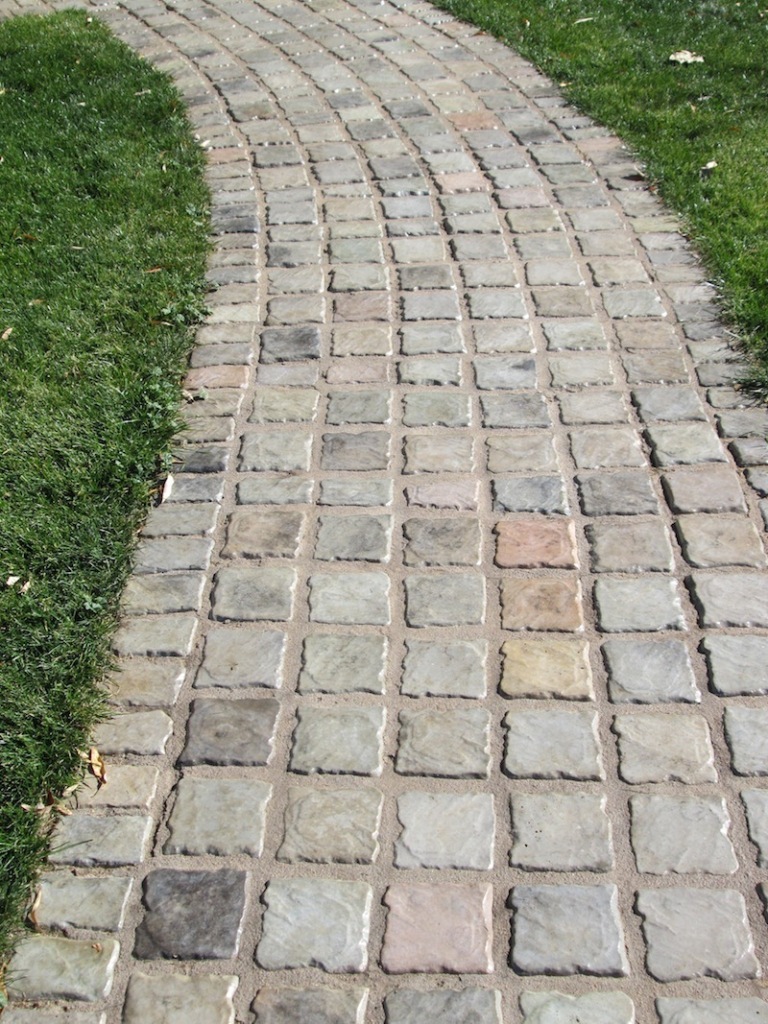
Prep the area you plan to lay the cobblestones. If you are using your creation, set the cobblestones out in the pattern you desire. Make sure you pay attention to and cover all edges and corners to help create a finished look.
Filling the spaces
Fill up the spaces between the cobblestones by using a broom to brush some of the clay in-between the spaces. Continue to sweep the sand into the spaces until it is level in all areas. The sand acts similar to grout when you’re laying tiles and will help hold the cobblestones in place.
Finishing Touch
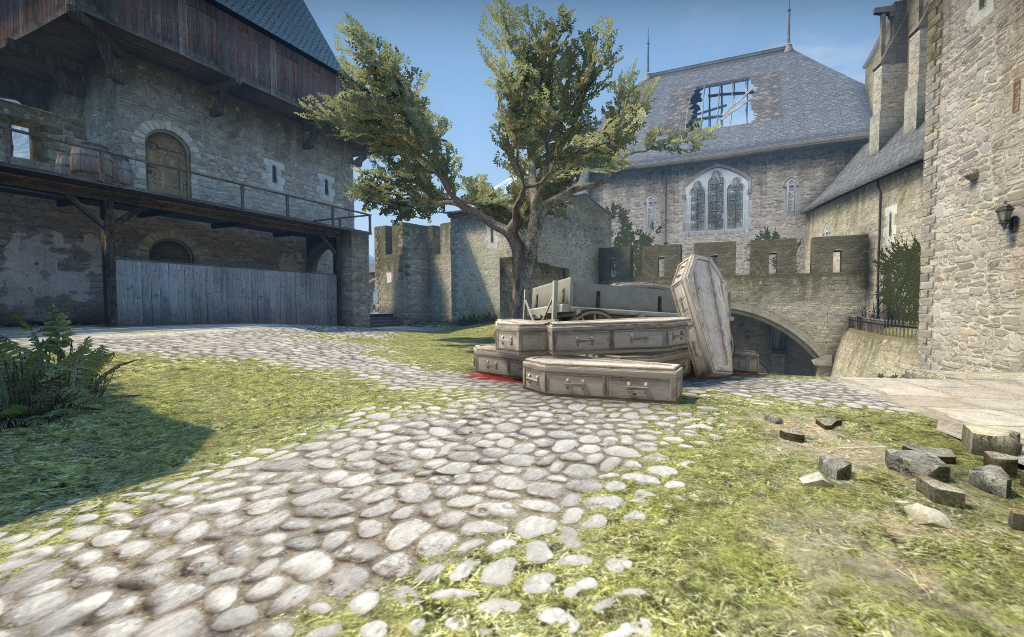
Cobblestones come in a variety of shapes and sizes to suit every paving need. They help lend an air of sophistication to any landscaping or beautification project around the house. Commercial cobblestones may include reclaimed setts, natural stone, street paving setts, or cobbles. To know more about cobblestone don’t hesitate to contact https://www.noblema-cobblestone.com/.
However, if you opt to make your cobblestones, the steps are easy to follow, using a few necessary tools and materials. There are many colors to choose from, or you can stay with the natural look and feel of the stone. In a few days, you can transform your walkway, driveway, or garden area with a touch of old-world charm.
